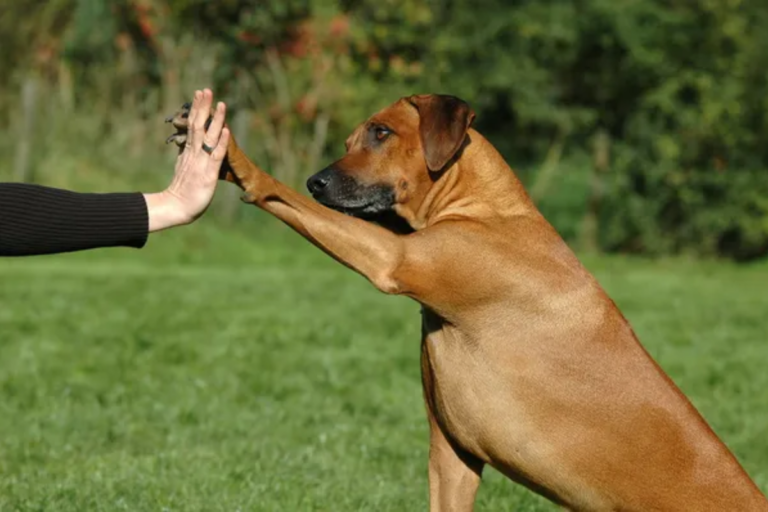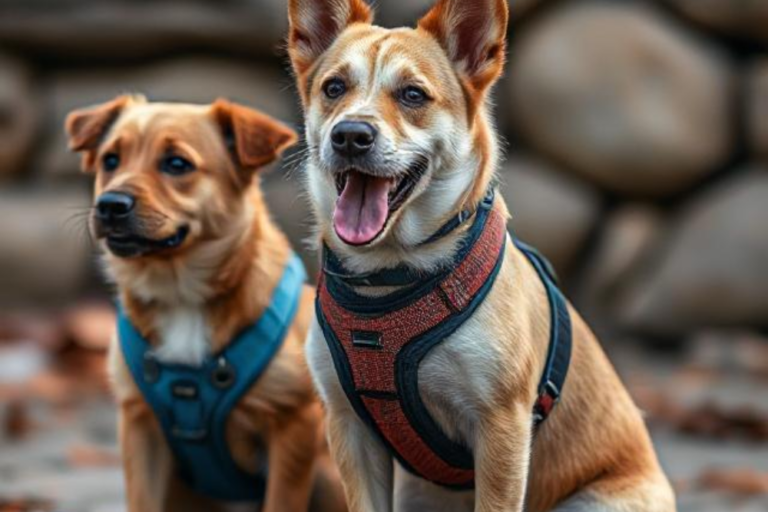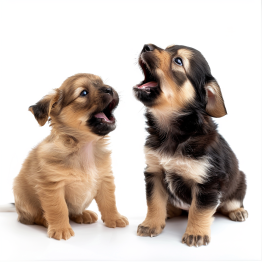Understanding and Training for Different Dog Breeds: Tailoring Your Approach for Every Pup
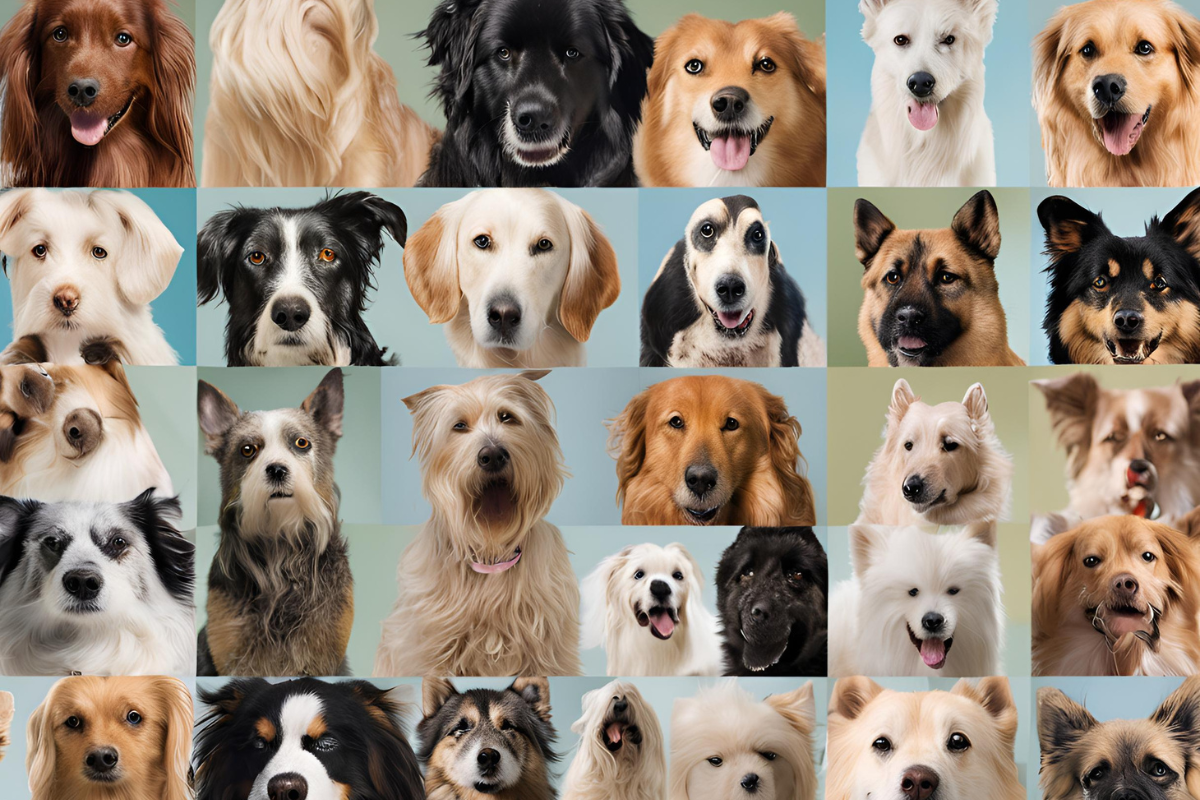
Paws for Thought: Tailoring Training to Your Dog’s Unique Breed
Have you come across a dog that looks like it has this attitude all on its own and you are left wondering if it is just the breed? Whether you are trying to catch a Border Collie or play with a Bulldog, knowing that each breed behaves and responds differently to training is crucial in making a dog successful.
Now that you have had a brief overview of your puppy let’s take it deeper to how you can be able to get the best out of your pet.
Introduction to Dog Breeds and Their Unique Traits
Dogs are available in various breeds, colors, and personalities, ranging from small to large breeds like Chihuahua to Great Dane. Each breed has been bred for a certain purpose whether it is work or as a pet.
This means that in addition to appearance, breed can have its behavior. For instance, the Labrador Retriever will probably have an instinctual drive to retrieve and the Terrier will love nothing more than digging holes in your lawn.
Understanding the breed of your dog can make you know his character and enable you to come up with training methods that suit him.
Why Knowing Your Dog’s DNA is the Training Cheat Code
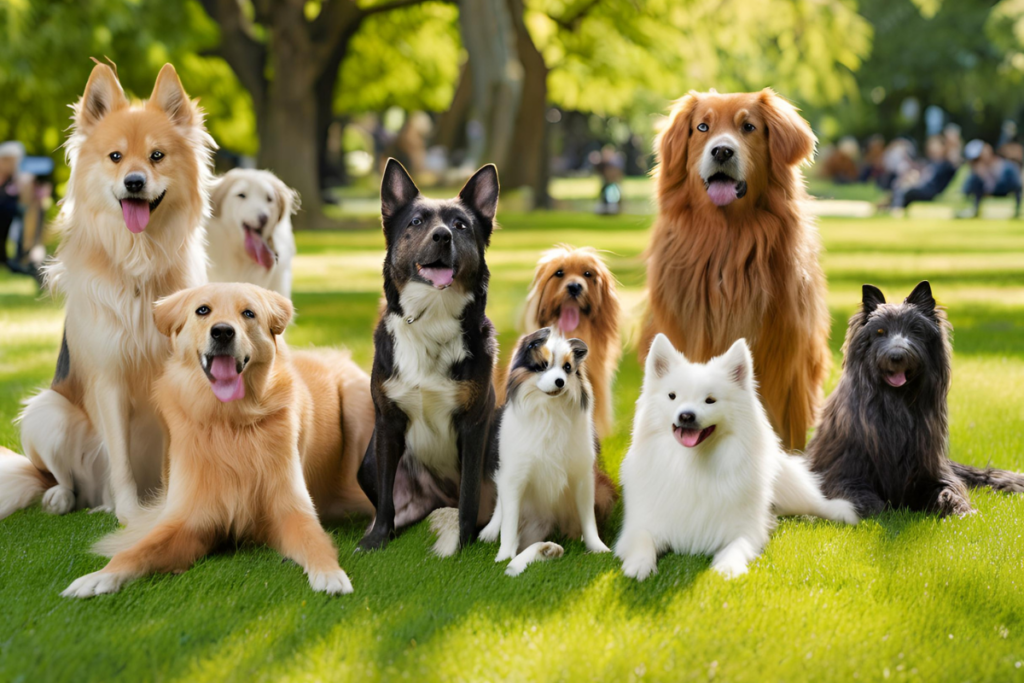
Perhaps one can only attempt to train a Husky sled dog and make him as laid back as a Basset Hound. It wouldn’t work, right? Intake has brought differences in energy levels, attention span and motivation in different bred breeds.
Knowledge of these differences can only assist you in avoiding several embarrassments while training. In essence, it is easier and more effective to train your dog when you consider his/her inherent abilities and develop techniques that are the most suitable for the dogs.
Workaholic Woofers: Tailoring Training for Supercharged Dogs
Certain canine breeds were bred specifically for the purpose of working or, in other words, earning their keep. Dogs such as the English or Border collie, the German Shepherd, and Rottweiler pine for mental as well as physical activity. If your dog is a part of this type, then simple calls might not work for her or him.
They are likely to love physical fitness exercises like agility training, or very high level obedience drills, or even mere learning to herd. These dogs like working, therefore, providing them with activities – mental or physical – is helpful in avoiding problem related behaviors.
Tip: Make training fun! Dogs with high energy need tasks that feel like play—add agility or fetch games to keep their minds sharp and bodies active.
Breed-Specific Shenanigans and How to Keep ‘Em in Check
While every dog is unique, certain behaviors are more common in specific breeds. Here’s how to tackle some of the most frequent breed-specific behaviors:
- Herding Dogs (e.g., Border Collies, Australian Shepherds)
- Common Behavior: Tendency to nip at ankles or herd people and other animals.
- How to Address: Redirect their energy into structured games like agility training, fetch, or puzzle toys to keep them mentally stimulated.
- Hounds (e.g., Beagles, Basset Hounds)
- Common Behavior: Easily distracted by scents, leading to wandering or ignoring commands.
- How to Address: Use nose work games or scent-based training activities to harness their natural instincts and improve focus.
- Terriers (e.g., Jack Russell Terrier, West Highland Terrier)
- Common Behavior: Strong digging instincts and persistent chasing behavior.
- How to Address: Provide controlled digging opportunities (like a sandbox) and focus their energy through games that involve chasing toys rather than small animals.
- Guarding Breeds (e.g., German Shepherds, Rottweilers)
- Common Behavior: Protective or territorial tendencies around the home or family.
- How to Address: Early socialization is key. Introduce them to a variety of people and situations from a young age to reduce overprotectiveness. Use positive reinforcement to reward calm behavior.
- Retrievers (e.g., Labrador Retrievers, Golden Retrievers)
- Common Behavior: Strong desire to fetch and carry objects, sometimes leading to excessive mouthing.
- How to Address: Provide plenty of opportunities for retrieving games and offer appropriate chew toys to satisfy their need to mouth objects.
- Companion Breeds (e.g., Shih Tzus, Pugs)
- Common Behavior: Prone to separation anxiety or excessive clinginess.
- How to Address: Gradually increase their time alone, starting with short periods and slowly extending the duration to help them build independence.
Tip: Keep training sessions short! Just 10-15 minutes of focused training is often more effective than longer sessions, especially with breeds prone to distraction.
Tailored Training Tips: Because One-Size-Fits-None

- Research your dog’s breed: It allows you to understand your dog and work together with him, so you will have a slight advantage. It is important that you find out what makes them happy, whether its food, playtime or praise.
- Consider their energy levels: Possibly high energy dogs require more exercise before they begin to receive training. Solutions consist of quits from low-energy breeds or possibly shorter periods of training.
- Stay consistent but flexible: Although, there’s no denying that consistency remains fundamental when training, some dog breeds may just take longer to respond. While training, ensure one is aware of the training needs of the trainees and be willing to change tactics part-way through.
- Incorporate breed-specific tasks: A Retriever might like games of thrown objects and gets bored easily while a Terrier on the other hand may like the activity of digging but such activity should not be done anyhow anywhere. In this sense, it would be essential to meet all their impulses in the positive sense.
Nature vs. Nurture: How Genetics and Life Shape Your Dog
It is crucial to bear in mind that breed characteristics are just a part of the overall picture and genetics alone do not determine the behavior of your dog. Environment is the other factor that has been found to contribute significantly to the situation in question as well.
Puppy’s breed, early socialization, training, and experiences make a dog the way it is in terms of behavior. Thus, even though breed will provide certain indications of natural tendencies of your dog, ways of training and interacting, as well as proper feeding and keeping also play the most important roles.
For instance, even the least active dog can exhibit some kind of undesirable behavior if it has not been taken through the right training.
Wrapping it Up: Training Success is Just a Paw Away!
To train any dog you have to know as much as possible of him or her-whether it is the breed, personality, or the background that the dog comes from. In doing so, both the bond between you and your dog as well as the training sessions become enjoyable as you work with the dog’s particular personality traits.
As you may know, training is not usually standardized or can be applied in every organization. No, I believe that it is all about being flexible and making learning fun for both the teacher and the learner, which in this case is the dog.
In a nutshell, it is extremely important to be persistent, dedicated and inventive in the process of teaching new tricks or the ‘old’ ones to your dog. Click here for more breed-specific training tips and some of the links include the American Kennel Club breed information.
Now, go ahead and get to know your pup on a whole new level! You’ve got this!

